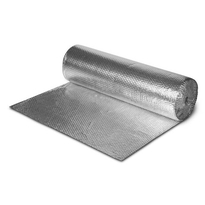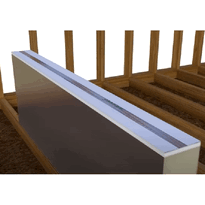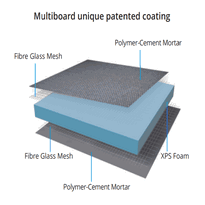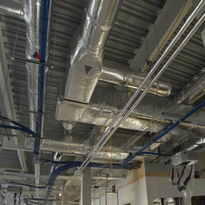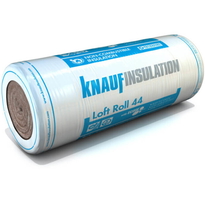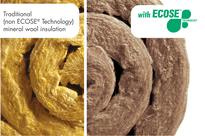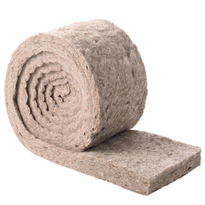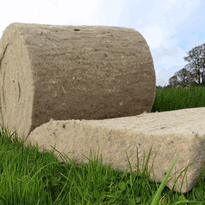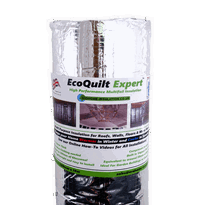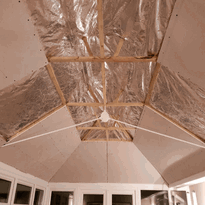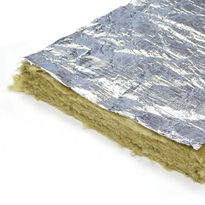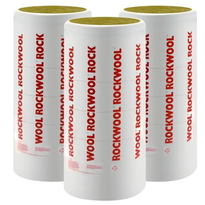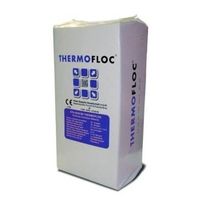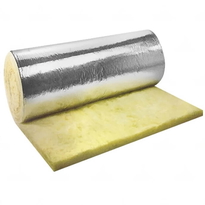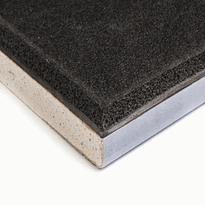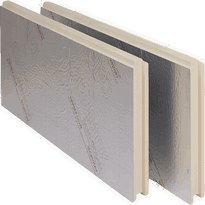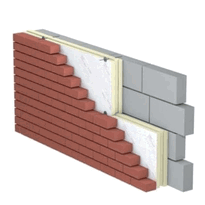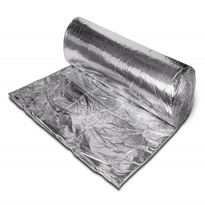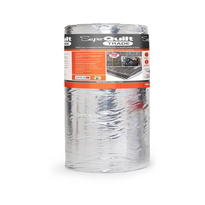Summer House Insulation
Effective insulation in summer houses helps maintain consistent indoor temperatures, reduces energy consumption, and lowers utility bills by minimising heat transfer through walls, roofs, and floors. Common materials include polystyrene foam boards and mineral wool, which should be fitted snugly with vapour barriers to prevent moisture build-up. Proper application techniques, regular inspections, and sealing gaps around windows and doors ensure sustained efficiency. Continuing with these guidelines will provide further insights into optimising insulation performance.
Benefits of Proper Insulation in Summer Houses
Proper insulation in summer houses offers a range of practical benefits that enhance both energy efficiency and overall comfort. Quality insulation minimises heat transfer, helping to maintain consistent indoor temperatures and reducing the load on cooling systems. This leads to immediate energy savings by lowering air conditioning usage, which in turn reduces utility bills. [Sealing leaks and adding insulation can lead to an average of 15% savings on heating and cooling costs. Over time, effective insulation results in significant cost savings by decreasing wear and tear on HVAC equipment, prolonging their lifespan and reducing maintenance costs. Additionally, choosing the right insulation materials ensures optimal performance and compliance with building regulations. Furthermore, well-insulated summer houses help reduce environmental impact by conserving energy resources and lowering greenhouse gas emissions. Insulation also improves indoor comfort by preventing drafts and temperature fluctuations, creating a more stable and pleasant environment.
Choosing the Right Insulation Materials and Techniques
Selecting the appropriate insulation materials for a summer house involves carefully considering their thermal properties, environmental suitability, ease of installation, and overall cost-effectiveness. The options available each offer distinct advantages and considerations, making it important to evaluate the specific needs of your project.
Polystyrene foam boards, including expanded (EPS) and extruded (XPS), are popular choices for summer house insulation. They're moisture-resistant and possess high thermal resistance measurements, making them well-suited for basement or exterior wall applications. Their ease of handling and installation, combined with their durability, make them a practical choice for protecting the structure against heat transfer. Additionally, polystyrene foams can sometimes provide a barrier against moisture ingress if properly installed, although they are less breathable compared to natural fibre alternatives.
Mineral wool insulation, including rock wool and slag wool, provides excellent thermal performance while also offering superb fire resistance and soundproofing qualities. It's resistant to mould growth and can withstand high temperatures, making it suitable for various environmental conditions. Mineral wool is also relatively straightforward to install in wall, roof, and floor cavities. Furthermore, mineral wool's natural fire-resistant properties can enhance the safety of your summer house during hot weather.
Application Techniques
When insulating your summer house, it's essential to ensure proper installation to maximise thermal efficiency and prevent issues like thermal bridging or air leaks. Insulation materials should be fitted snugly into wall cavities, roof spaces, or floors, avoiding gaps or compression which could reduce their effectiveness. Using vapour barriers where appropriate can also help prevent dampness and mould growth.
Environmental and Budget Considerations
While some insulation materials offer superior thermal properties, they may come with higher costs or environmental impacts. For example, polystyrene foam boards are cost-effective and durable but don't possess renewable qualities. Mineral wool materials, on the other hand, are made from natural or recycled raw materials and are more environmentally friendly.
Balancing your insulation needs with your budget and sustainability goals will help in selecting the most suitable materials. The increasing demand for eco-friendly options has also led to innovations such as bio-based or recycled cellulose insulation, which could be worth considering if sustainability is a priority.
In summary, the optimal insulation choice for your summer house depends on a careful assessment of thermal performance, environmental impact, ease of installation, and budget.
Tips for Maintaining Your Insulated Summer House
Regular maintenance is vital for ensuring that the insulation in a summer house continues to perform effectively over time. Routine checks and upkeep help to identify issues early, maintaining energy efficiency and the structural integrity of your summer retreat. Outside Power Washing can be an effective way to keep the exterior clean and prevent the buildup of dirt and mold that might compromise insulation or damage siding.
Inspection Task |
Key Focus Areas |
| Attic insulation checks | Look for compression, water damage, and debris. |
| Ventilation system maintenance | Clean vents and replace filters regularly. |
| Sealing gaps around windows and doors | Use caulking or weatherstripping to prevent drafts. |
| Prevention of mould and moisture | Regular cleaning and moisture control measures. |
Ensuring the pipe insulation remains in good condition during inspections can prevent future issues like condensation and freezing, especially in colder months. Proper upkeep also helps foster a sense of belonging by maintaining a reliable and well-tended summer retreat.
Conclusion
Proper insulation significantly enhances the energy efficiency, comfort, and longevity of summer houses, regardless of the UK climate. Choosing appropriate materials and techniques ensures effective temperature regulation and helps reduce long-term costs. Regular maintenance, such as inspections and prompt repairs, preserves the integrity of the insulation over time.
Implementing these practices systematically provides a stable, functional environment, minimises energy waste, and extends the lifespan of the structure. Precise installation and consistent upkeep are essential for maximising the benefits of summer house insulation, creating a more sustainable and comfortable space.
